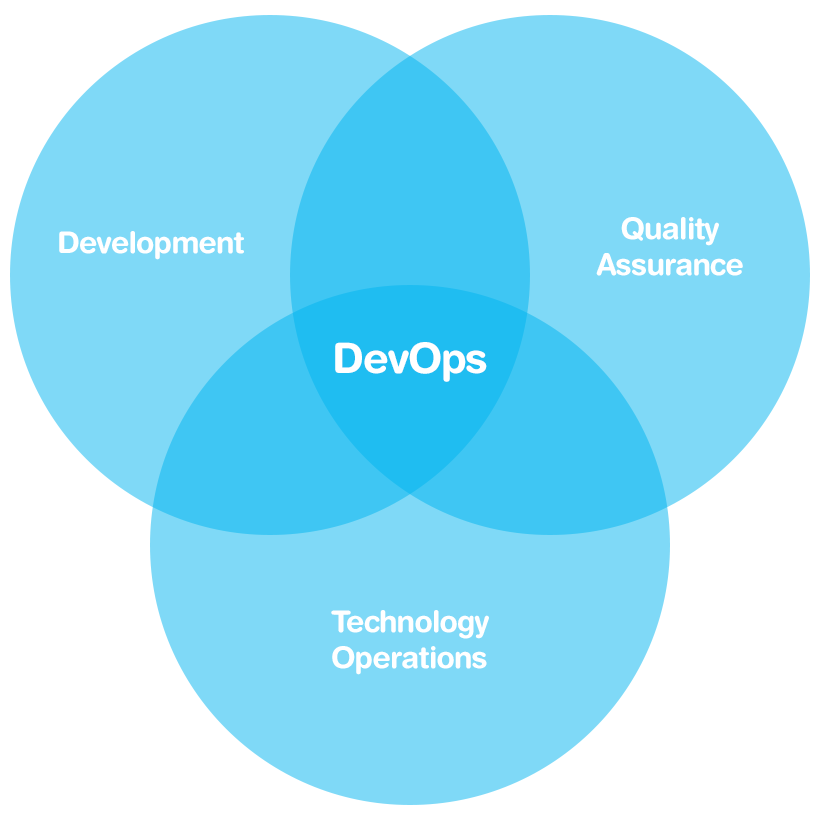 "DevOps (a portmanteau of "development" and "operations") is a software development method that stresses communication, collaboration and integration between software developers and Information Technology professionals. DevOps is a response to the interdependence of software development and IT operations. It aims to help an organization rapidly produce software products and services."
"DevOps (a portmanteau of "development" and "operations") is a software development method that stresses communication, collaboration and integration between software developers and Information Technology professionals. DevOps is a response to the interdependence of software development and IT operations. It aims to help an organization rapidly produce software products and services."
This is how Wikipedia defines DevOps, the trendy term abused in varying places recently. Modern agile software development processes nowadays need a huge amount of releases, development builds, pretty much constantly running automated tests and simple deployment, both to staging and production environment. I understand DevOps as an umbrella term for various processes and tools to minimize or automate the considerable overhead that can be wasted on these tasks.
There is a lot of tooling available for various DevOps "steps" and also lots of open source alternatives to build a completely customized solution. Commonly there is at least an SCM (like GIT), a milestone planning software (like Trac) that integrates well with SCM, a CI server (like Jenkins) to ensure the quality of the artifact hourly, daily or even after each commit, and automated deployments to staging environment.
IBM has done lots of R&D on this area and they have a nice cloud service providing DevOps services, free of charge for OS projects. Their toolchain is mostly built on top of OS software and they have made a nice integrated browser based UI for it. We recently released a Vaadin application stub as a Bluemix Boilerplate. In the following video tutorial, you’ll learn how to configure that for your agile team using the DevOps services provided by hub.jazz.com (IBM DevOps Services).
